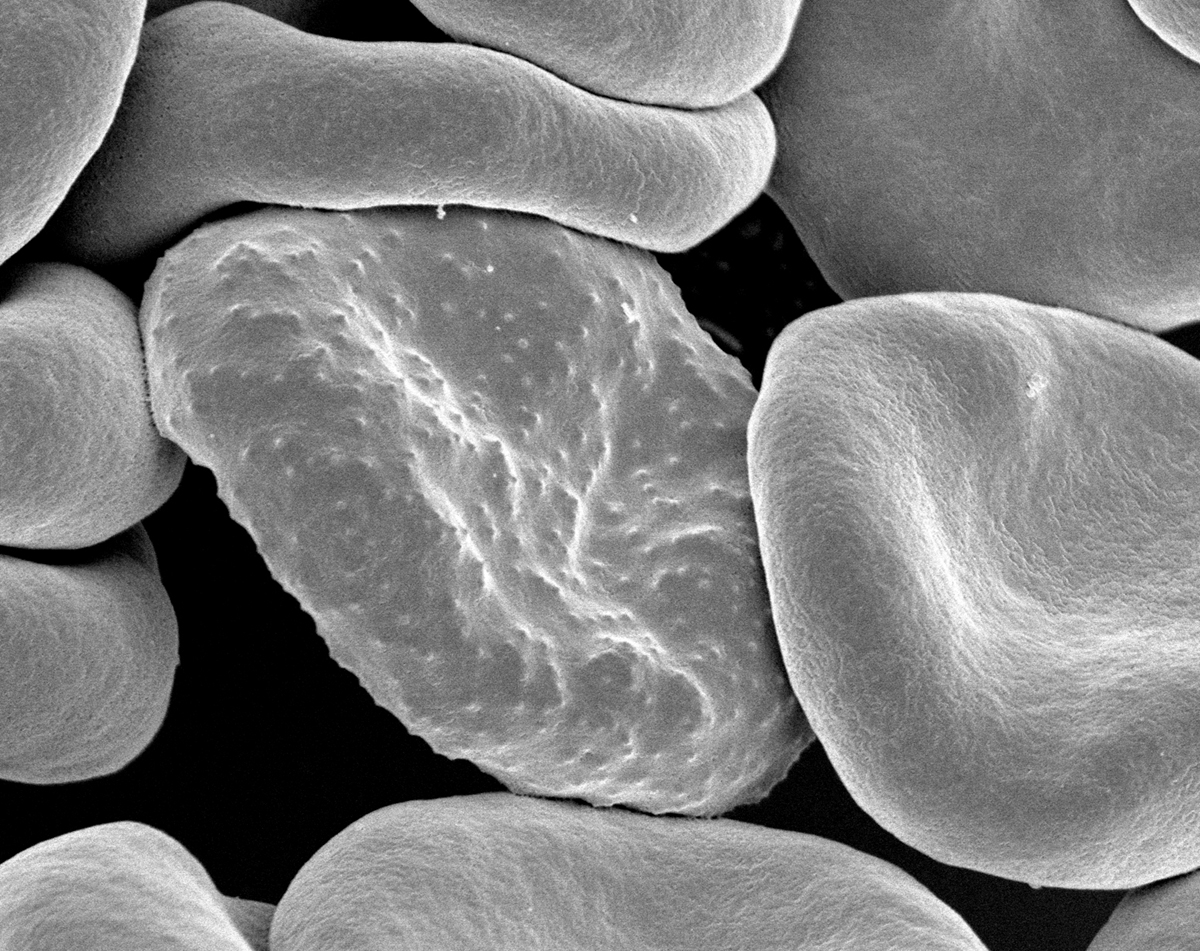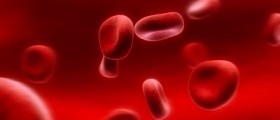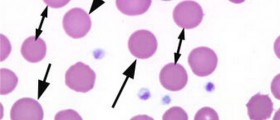
Aplastic anemia is a condition which features with an inadequate production of red blood cells due to improper functioning of the bone marrow. The bone marrow is simply not able to produce sufficient number of red blood cells and this subsequently leads to anemia. Apart from low number of red blood cells the person suffering from aplastic anemia also has low number of other blood cells including leukocytes and platelets. So the basic difference between aplastic anemia and typical anemia is that in aplastic anemia there is a reduction in number of all types of blood cells while in standard anemia there are a low number of only red blood cells.
Causes of Aplastic Anemia
There is a variety of cause of aplastic anemia. Their mutual characteristic is that all of them affect either the very bone marrow or the stem cells necessary for normal production of blood cells.
Aplastic anemia can be an autoimmune disorder. In this case there are antibodies which attack the bone marrow and the stem cells and destroy them. Furthermore, aplastic anemia may develop as a side effect of certain medications such as chloramaphenicol, carbamazepine, felbamate, phenytoin, quinine etc. It may also develop as a consequence of exposure to toxic substances such as arsenic, benzene, pesticides, insecticides and radioactive materials. Even certain treatment modalities such as chemotherapy and radiation therapy may be responsible for aplastic anemia. And finally, aplastic anemia can be associated with viral infections such as hepatitis or HIV infection.
Symptoms of Aplastic Anemia
The very symptoms of aplastic anemia are associated with the lack of all three types of blood cells.
Red blood cells are normally in charge with transfer of oxygen from the lungs to all the body cells. Reduction in number of red blood cells interferes in this transfer and causes symptoms such as fatigue, shortness of breath, pale skin and visible mucous membranes, dizziness, palpitations, chest pain etc.
Reduced number of white blood cells typically leads to increased susceptibility to infections. This is why people suffering from aplastic anemia commonly have to deal with frequent fever and infections.
Platelets are blood cells in charge with blood clotting. Low number of platelets (a characteristic of aplastic anemia) is connected with delay in blood clotting, repeated nose bleeds, bleeding from gums and prolonged and heavy menstrual bleeding in women.
Diagnosis and Treatment for Aplastic Anemia
Apart from evaluation of family and medical history, doctors perform physical examination of the patients. Complete blood test points to the low number of all three types of blood cells. Reticulocyte count is also low. The number of reticulocytes is a measure of the number of young red blood cells produced by the bone marrow. This is why reticulocyte count reflects the productivity of the bone marrow. Additional tests include examination of the thyroid functions, level of vitamin B12 and folic acid. X-ray or CT scan may be required as well to confirm or rule out the enlargement of lymph nodes in the abdomen and associated blood cancer. Definitive diagnosis is set after an examination of the bone marrow samples taken during bone marrow aspiration or biopsy.
Treatment for aplastic anemia includes medications, blood transfusions and bone marrow transplantation. If the underlying cause is an autoimmune disease patients are treated with immunosuppressive medications. While blood transfusion only temporary elevates the number of all three types of blood cells, bone marrow transplantation provides with much longer results.

















Your thoughts on this
Loading...